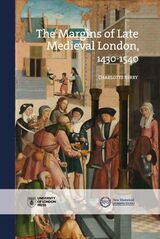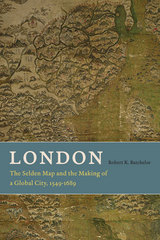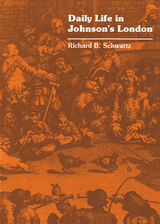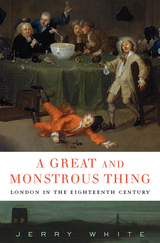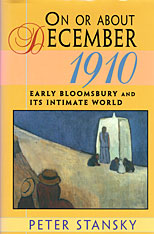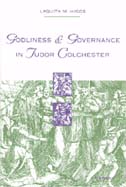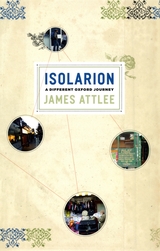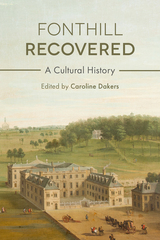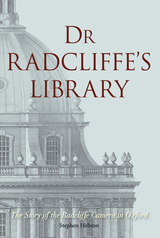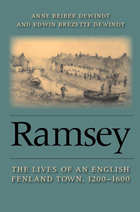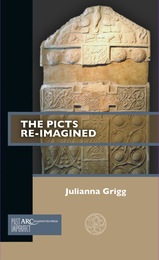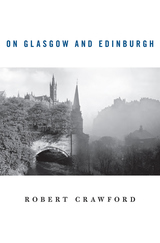The Victoria History of Leicestershire: Buckminster and Sewstern
University of London Press, 2017
Paper: 978-1-909646-69-8 | eISBN: 978-1-909646-70-4
Library of Congress Classification DA690.B89325F57 2017
Dewey Decimal Classification 942.546
Paper: 978-1-909646-69-8 | eISBN: 978-1-909646-70-4
Library of Congress Classification DA690.B89325F57 2017
Dewey Decimal Classification 942.546
ABOUT THIS BOOK
ABOUT THIS BOOK
Buckminster and Sewstern, in north-east Leicestershire, are two small villages within a single parish, and although both were established before 1086, they have developed different characters. Buckminster was purely an agricultural village until the 1790s, when Sir William Manners enlarged a small park, built a mansion and began to create an estate village. Many of the houses are of red brick, and were built for estate employees by the 9th earl of Dysart between 1878 and 1935, as part of a programme of village improvements. All the land, residential and commercial properties in Buckminster were held in 2017 by the Tollemache family, descendants of Sir William and Lord Dysart. In contrast, Sewstern’s houses are individual in character, and mostly built from local limestone. Before the 20th century, many had large paddocks to the rear. The village is near the presumed ancient route known as Sewstern Lane, and a wide range of trades were followed between the 14th and 19th centuries, until the age of the railways ended the passing trade. Land in both villages was quarried for ironstone in the 20th century, then reinstated for farmland, resulting in fields that are several feet below the level of the roads and property curtilages. This book explores the similarities and differences between the two villages over more than a thousand years of recorded history.
See other books on: Europe | Fisher, Pamela J. | Great Britain | Leicestershire | Victoria History
See other titles from University of London Press

